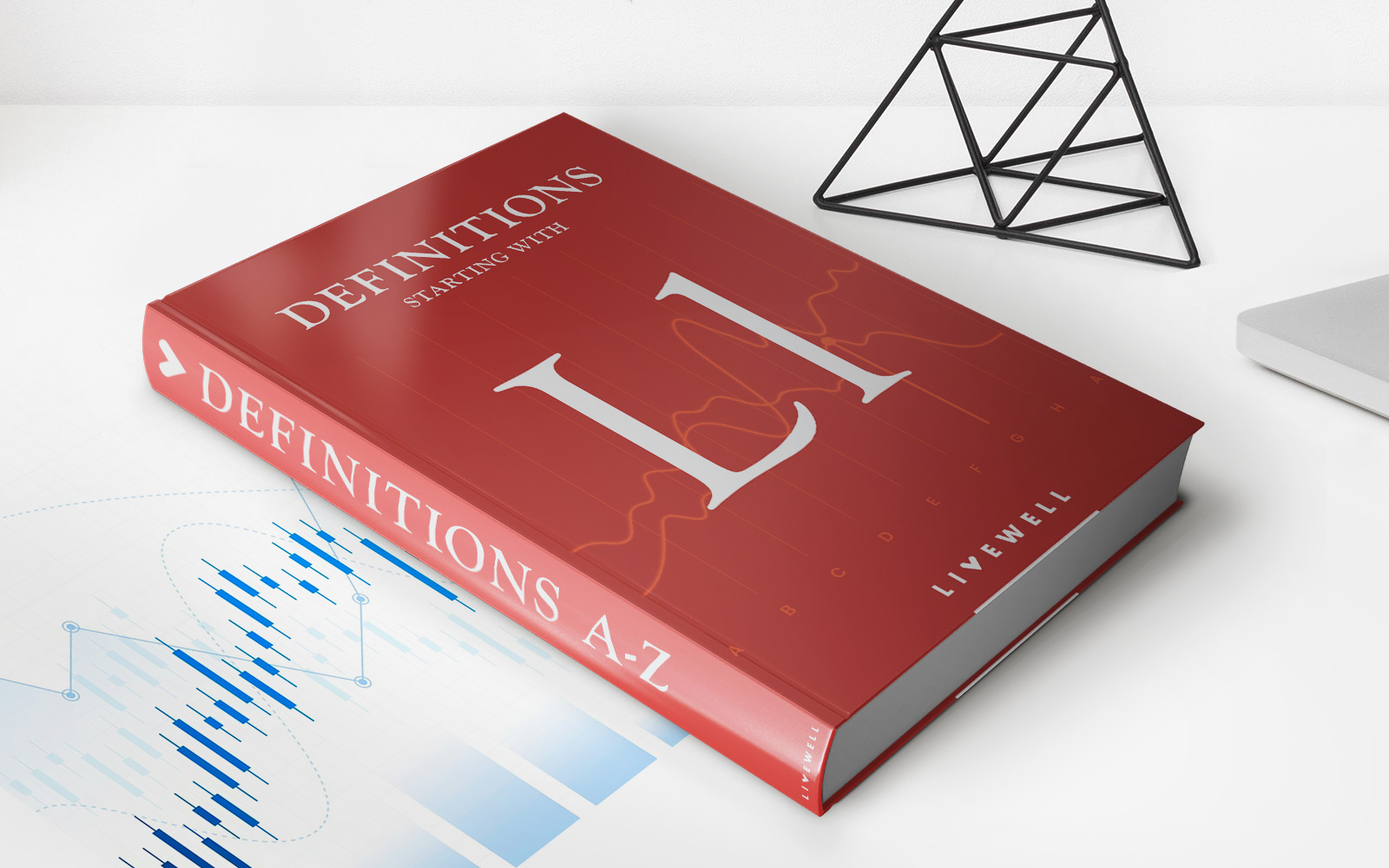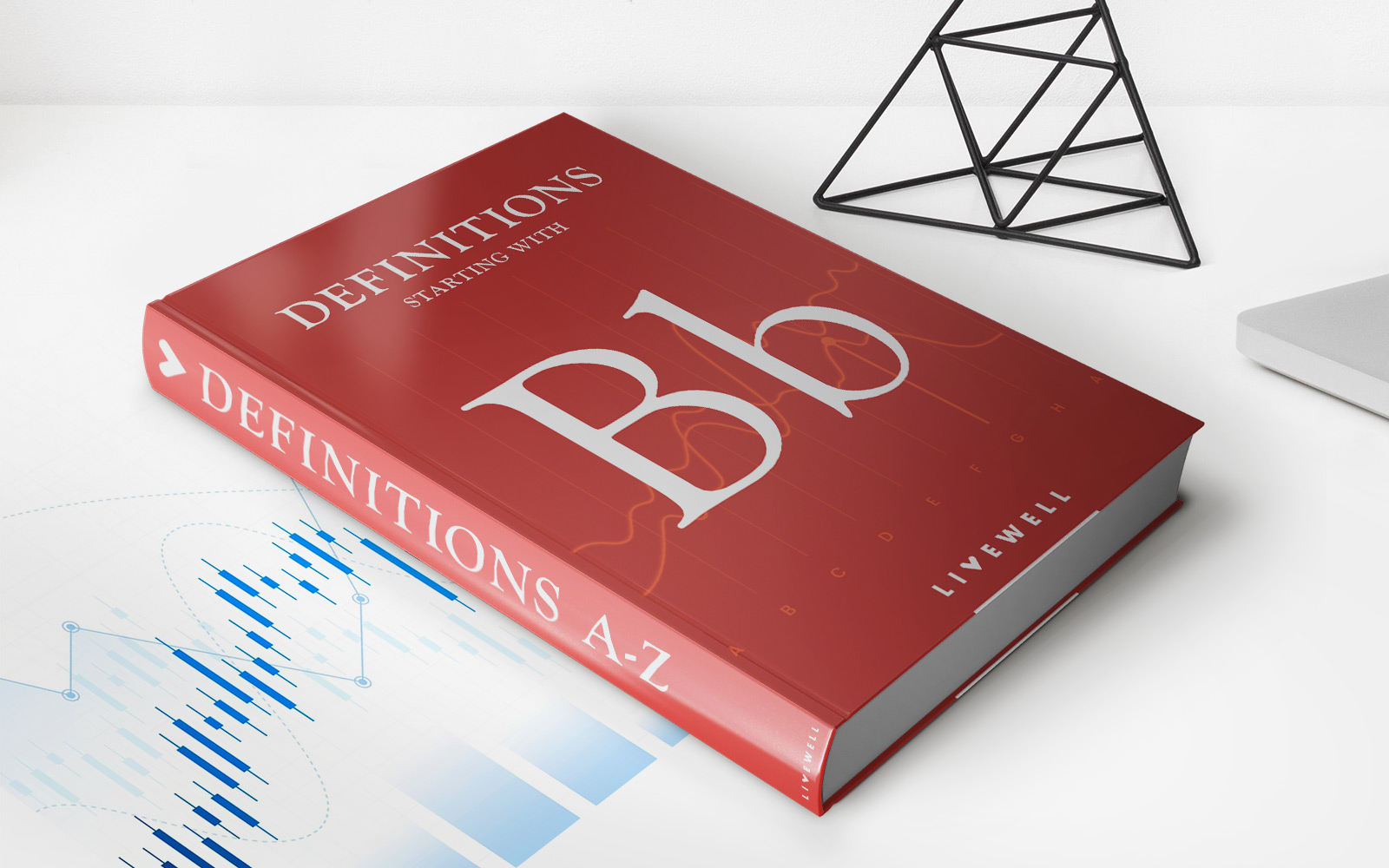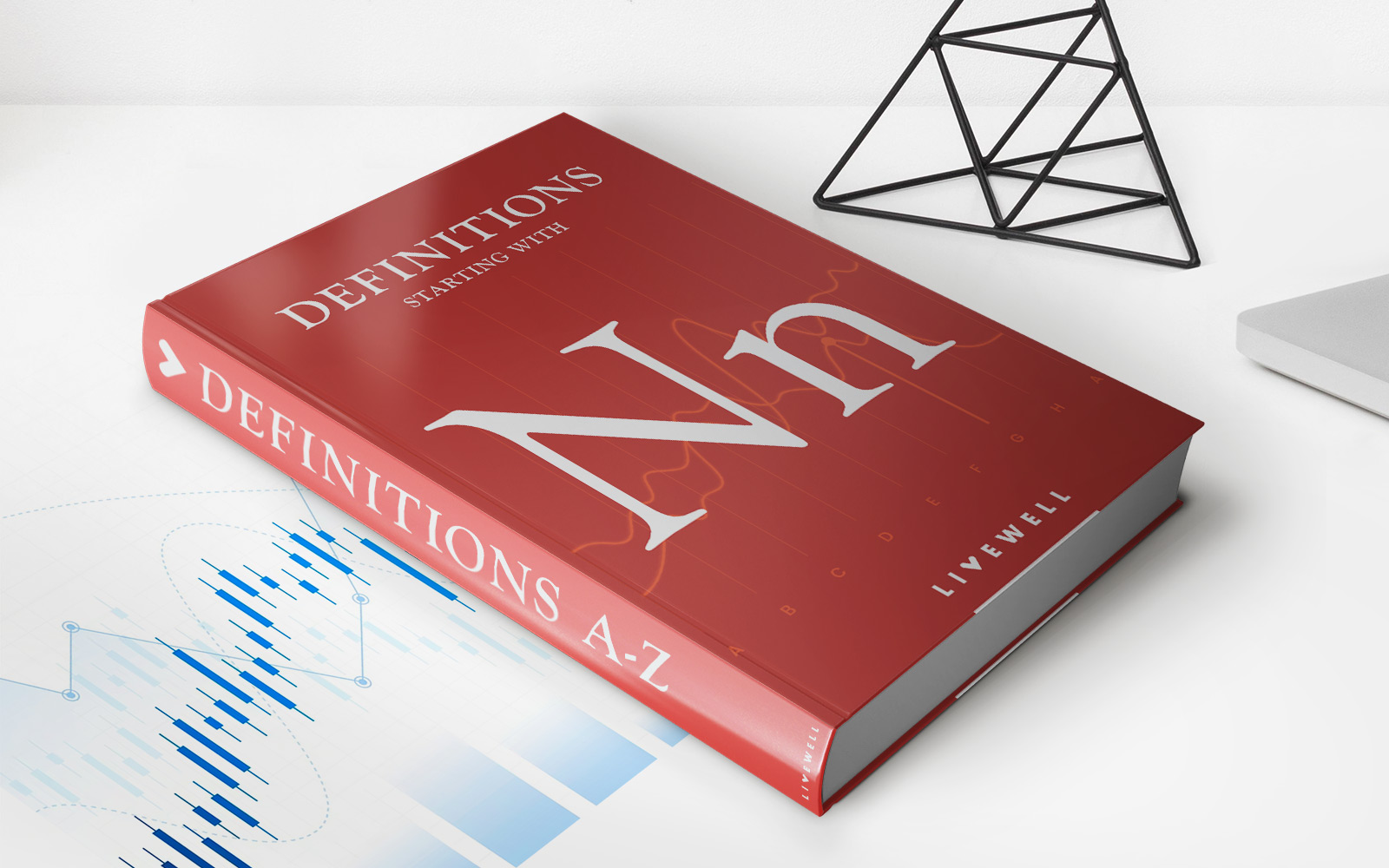Home>Finance>Low Volume Pullback: Definition As Indicator And How It Works


Finance
Low Volume Pullback: Definition As Indicator And How It Works
Published: December 20, 2023
Learn the definition of a low volume pullback indicator in finance and understand how it works. Enhance your trading strategies with this powerful tool.
(Many of the links in this article redirect to a specific reviewed product. Your purchase of these products through affiliate links helps to generate commission for LiveWell, at no extra cost. Learn more)
Unlocking the Power of Low Volume Pullback in Finance
When it comes to navigating the complex world of finance, having the right indicators can make all the difference. One such indicator that has gained traction among seasoned traders is the low volume pullback. In this article, we will delve into the definition of a low volume pullback, how it works as an indicator, and how you can incorporate it into your trading strategy. Let’s dive in!
Key Takeaways:
- A low volume pullback refers to a temporary retreat in price accompanied by a decrease in trading volume.
- This indicator is used by traders to identify potential buying opportunities in an uptrend or selling opportunities in a downtrend.
Understanding Low Volume Pullback
Before we explore the mechanics of a low volume pullback, let’s clarify its definition. In the context of finance, a low volume pullback occurs when an asset’s price retraces temporarily, or pulls back, with a decrease in trading volume. This pullback can help traders identify potential areas of support or resistance and determine whether the prevailing trend is likely to continue.
To illustrate with an example, let’s say Company XYZ has been experiencing a strong uptrend, with its stock price steadily rising over a few weeks. However, during this upward movement, the trading volume experienced a decline. This decrease in trading volume signals a potential low volume pullback.
How Low Volume Pullbacks Work as an Indicator
Low volume pullbacks act as powerful indicators by providing crucial insights into market sentiment and the strength of a particular trend. By analyzing price movements in conjunction with trading volume, traders can glean valuable information that can guide their investment decisions.
Here’s how low volume pullbacks can be used in different scenarios:
- Uptrend: In an uptrend, a low volume pullback suggests that the buying pressure is likely to continue. Traders can interpret this as a potential buying opportunity, aiming to take advantage of the temporary price retracement.
- Downtrend: Conversely, in a downtrend, a low volume pullback indicates that the selling pressure may be weakening. This presents an opportunity for traders to consider selling or shorting the asset, with anticipation of a trend continuation.
By analyzing price movements in conjunction with trading volume, traders can validate the strength of a trend and be better equipped to make informed investment decisions. However, it’s important to note that no indicator is foolproof, and a comprehensive analysis of the broader market conditions is essential.
Incorporating Low Volume Pullbacks Into Your Trading Strategy
Now that you understand the concept and potential applications of a low volume pullback, you may be wondering how to incorporate it into your trading strategy. Here are some steps to get you started:
- Identify a Trend: Begin by identifying the prevailing trend – whether it is an uptrend, downtrend, or sideways movement.
- Analyze Price Movements: Pay attention to price retracements and look for instances where low volume accompanies the pullback, indicating a potential low volume pullback.
- Confirm with Other Indicators: Consider using other indicators or chart patterns to validate the low volume pullback signal and strengthen your decision-making process.
- Execute Your Trade: Once you have identified a low volume pullback and conducted a thorough analysis, make your trading decision accordingly, whether it involves buying, selling, or staying on the sidelines.
Remember, incorporating low volume pullbacks into your trading strategy requires practice, experience, and a willingness to adapt. Keep refining your approach and combine it with other techniques to enhance your overall trading performance.
The Power of Low Volume Pullbacks
A low volume pullback can be a valuable tool in a trader’s arsenal, helping them identify potential buying or selling opportunities within a larger trend. With the ability to uncover crucial information about market sentiment and the strength of a trend, incorporating low volume pullbacks into your trading strategy could give you an edge in the financial markets.
As always, it’s important to conduct thorough research, stay updated with the latest market developments, and never rely solely on a single indicator. By combining multiple indicators and employing a disciplined approach, you can unlock the power of low volume pullbacks and make more informed trading decisions.
Ready to take your trading strategy to the next level? Give the low volume pullback indicator a try and see how it can enhance your analysis and decision-making process.














